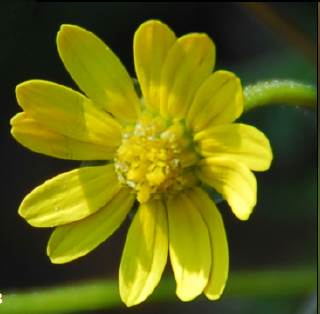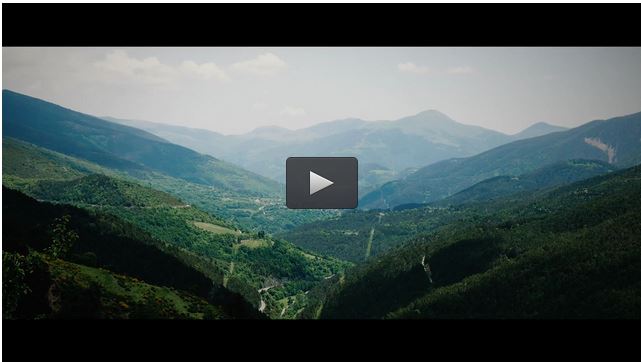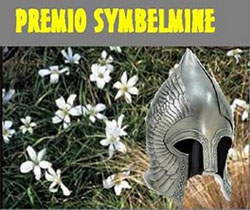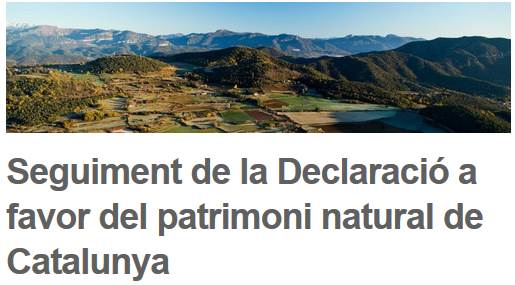Heleno, R., Blake, S., Jaramillo, P., Traveset, A., Vargas, P. & Nogales, M. (2011)
Frugivory and seed dispersal in the Galápagos: what is the state of the art?
Integrative Zoology 6: 88-106.
Abstract:
The Galápagos are considered a model oceanic archipelago, with unique flora and fauna currently threatened by alien invasive species. Seed dispersal is an important ecosystem function with consequences for plant population dynamics and vegetation structure. Hence, understanding the seed dispersal abilities of the assemblages of frugivores will inform scientists and managers of the dynamics of plant invasions and improve management planning. Here we provide the first comprehensive review of published information on frugivory and animal seed dispersal in the Galápagos. We collected data from a variety of sources, including notes of the first naturalist expeditions, gray literature available only in Galápagos collections, and peer-reviewed journal articles. Plant–animal frugivorous interactions were retrieved from 43 studies and compiled into an interaction matrix describing 366 unique interactions.Most studies focused on fruit consumption as a driving force for natural selection, but seed fate was seldom considered. Although most (71%) of the interactions involved native plants, more than one-quarter (28%) involved introduced species. Interactions involving birds are considerably more common than those of reptiles and mammals, probably reflecting a research bias towards birds. Despite the historical importance of the archipelago as the laboratory for evolutionary and ecological research, understanding of its seed dispersal systems is limited. We end the review by suggesting 3 priority areas of research on frugivory and seed dispersal in the Galápagos: (i) target research to close knowledge gaps; (ii) the use of a network approach to frame seed dispersal at the community level; and (iii) evaluation of the effect of seed dispersal as a selective pressure acting upon plants and frugivores. Finally, the output of this research has to be properly delivered to the Galápagos National Park Services to help increase management effectiveness.
Vargas, P., Heleno, R., Traveset, A. & Nogales, M. (2012)
Colonization of the Galápagos Islands by plants with no specific syndromes for long-distance dispersal: a new perspective.
Ecography 35: 33–43.
Abstract:
Since nobody has witnessed the arrival of early plant colonists on isolated islands, the actual long-distance dispersal (hereafter LDD) has historically been a matter of speculation. In the present study, we off er a new approach that evaluates whether particular syndromes for LDD (i.e. the set of traits related to diaspore dispersal by animals, wind and sea currents) have been favourable in the natural colonization of the Gal . pagos Islands by plants. Dispersal syndromes of the 251 native genera (554 angiosperm species) presently acknowledged as native were carefully studied, combining data from floristic lists of the Galápagos Islands, diaspore traits, characteristics of continental relatives and our own observations. We used these genera (and occasionally infrageneric groups) as the working units to infer the number of introductions and colonists. A final number of native plants was inferred and analysed after correcting by pollen records of six species from six genera previously considered exotic (palaeobotanical correction). The number of early colonists was also corrected by incorporating information from the few ( n 12) phylogenetic studies of genera from both the Galápagos Islands and the Americas (phylogenetic correction). A total of 372 colonization events were inferred for the native flora using the latest check-list. The proportions of native colonists grouped into five categories were: endozoochory 16.4%, epizoochory 15.7%, hydrochory 18.6%, anemochory 13.3%, and unassisted diaspores 36.0%. Th ese fi gures did not vary significantly on analysing only the 99 genera that include endemic species in order to rule out any human-mediated introductions. Irrespective of the roles of the diff erent agents involved in LDD, diaspores with no special syndrome for LDD (unassisted diapores), such as many dry fruits, have been successful in reaching and colonizing the Galpagos archipelago. This finding leads us to suggest that unpredictable and so far unknown LDD mechanisms should be further considered in the theory of island biogeography.
Nogales, M., Heleno, R., Traveset, A. & Vargas, P. (2012)
Evidence for overlooked mechanisms of long-distance seed dispersal to and between oceanic islands.
New Phytologist 194: 313–317.
|

















